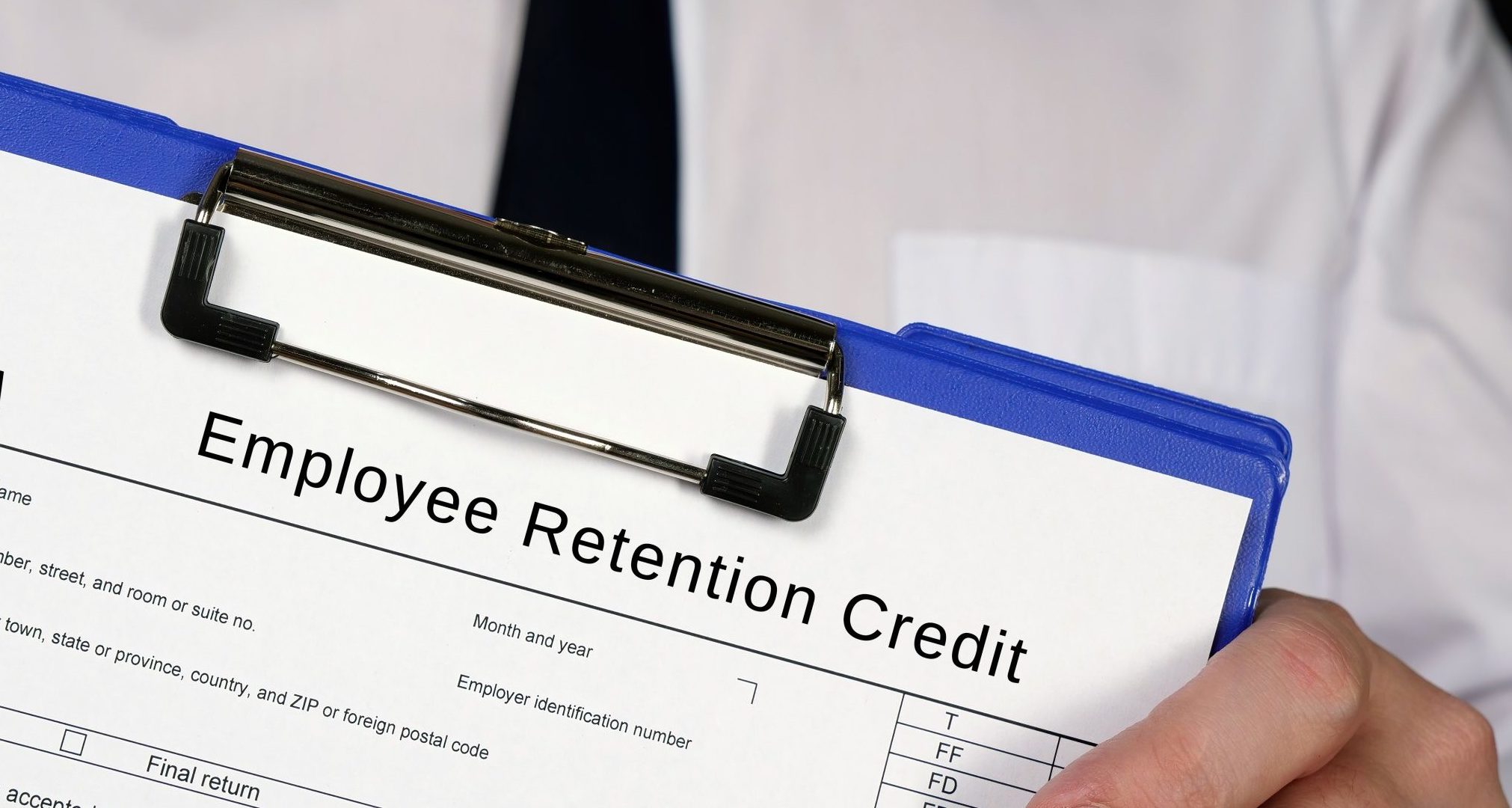On March 1, the IRS issued Notice 2021-20 which provides guidance on how to treat wages that may be eligible for both the employee retention credit (“ERC”) and for Paycheck Protection Program (“PPP”) loan forgiveness. The notice only provides guidance on the ERC for wages paid in 2020; it did not provide any new information on the ERC as it was extended for 2021.
What is the employee retention credit?
The ERC is a credit against payroll taxes, which was originally created in 2020 as part of the CARES act. It offers a credit of up to $5,000 per employee on eligible wages paid in 2020. The credit was extended to June 30, 2021. The maximum credit available for 2021 is $7,000 per employee per quarter. More information on the ERC can be found here. The same wages cannot be used for both the ERC and for achieving forgiveness of a PPP loan.
What if I’ve already filed my PPP loan forgiveness application? What wages can be used for the ERC?
Generally speaking, wages included on a PPP loan forgiveness application are ineligible for the ERC if they are needed to achieve full loan forgiveness. The taxpayer is deemed to make an election to exclude these wages from the ERC calculation by including the payroll costs on a PPP forgiveness application.
For example, assume a PPP loan recipient received a $200,000 loan. The loan forgiveness application includes $250,000 of payroll expenses, which are also eligible for the ERC. The excess of $50,000 of wages not needed to achieve full loan forgiveness may be used to calculate the ERC.
What if I did not report my full payroll costs incurred during the covered period on my PPP forgiveness application?
Eligible wages that are not included in the PPP forgiveness application can be used to calculate the ERC.
What if I reported other costs on my PPP forgiveness application?
The amount of wages eligible for the ERC will be reduced by the maximum amount of payroll expenses needed to achieve full forgiveness of the PPP loan, including taking into account other eligible PPP costs, such as rent and utilities.
For example, assume a PPP loan recipient received a $200,000 loan. The loan forgiveness application reports eligible payroll for both PPP and ERC of $200,000 and other PPP expenses of $70,000. The eligible ERC wages will be $70,000 since after accounting for $70,000 of eligible other expenses, only $130,000 of wages are needed to achieve full PPP forgiveness.
Keep in mind that in order to achieve full loan forgiveness, 60% of PPP funds must be spent on payroll. Assume the same facts as the previous example, but other PPP expenses are $90,000. A minimum of $120,000 of payroll costs must be used to achieve full loan forgiveness ($200,000 times 60%), so $80,000 of wages will be eligible for the ERC.
What if I was able to achieve full PPP forgiveness by just reporting payroll costs, so I did not report rent and other expenses on my PPP forgiveness application? Am I able to consider those other costs?
Unfortunately, the IRS interprets this situation unfavorably. The amount of payroll reported on the PPP forgiveness application, up to the amount of the loan, must be excluded from any ERC calculation. No other costs that may have been eligible for PPP forgiveness may be considered if they were not included on the application.
How can I claim the Employee Retention Credit for 2020?
The notice has also clarified that an employer may claim the ERC by filing an amended payroll tax return, Form 941-X for the calendar quarter in which the eligible wages were paid.




